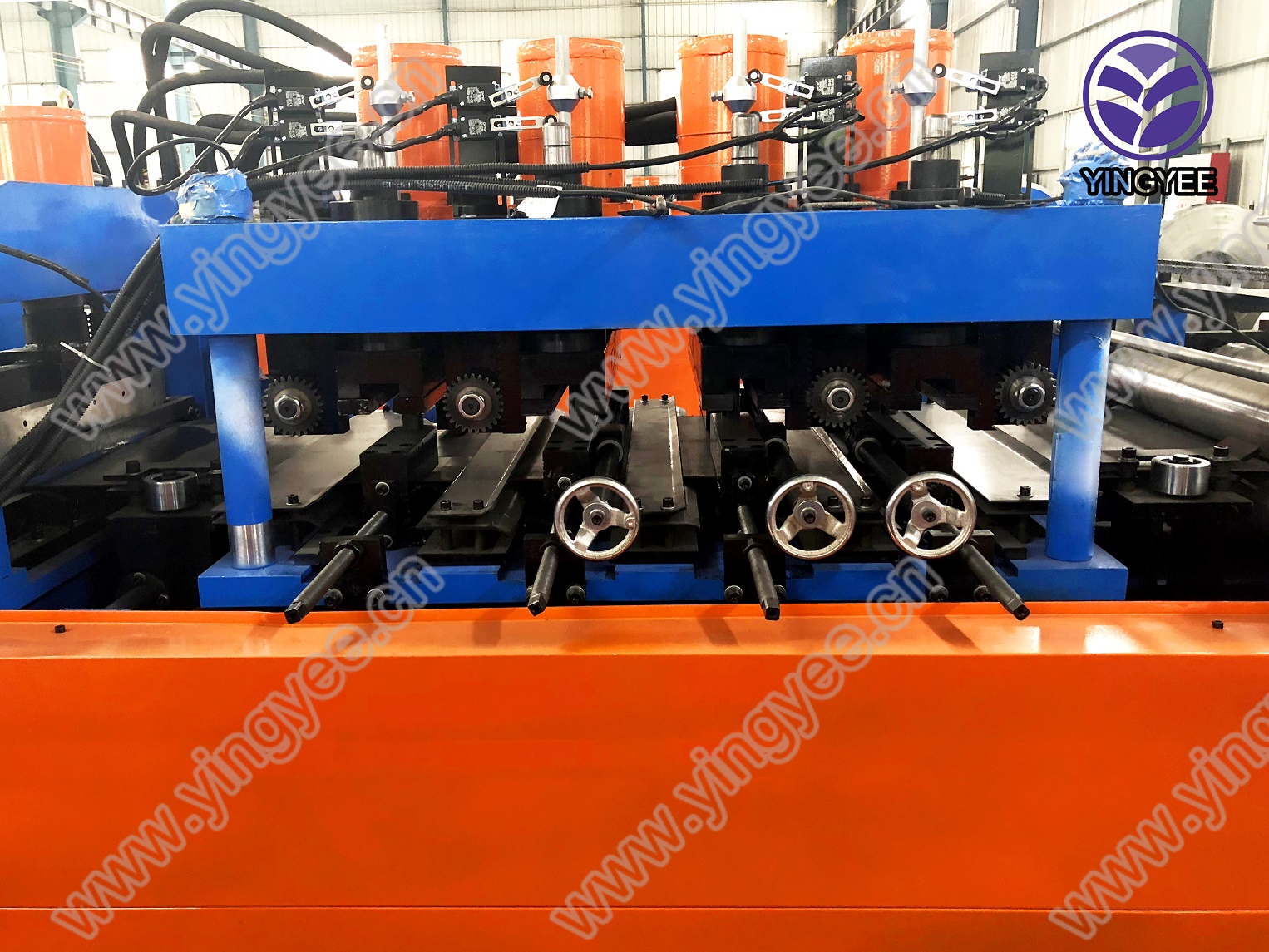
The Evolution and Importance of Rolling Machines in Modern Manufacturing
In the realm of manufacturing, rolling machines play a crucial role in shaping materials into usable forms. From metals to plastics, the versatility of rolling machinery allows industries to produce a variety of products that are integral to our everyday lives. This article delves into the evolution of rolling machines, their operational principles, the types available, and their significance in contemporary manufacturing.
Historical Overview
The concept of rolling has existed for centuries, dating back to ancient civilizations that utilized rudimentary rolling techniques to work with metals. However, the modernization of rolling machines began in the 19th century, with the industrial revolution leading to innovative manufacturing techniques. Early rolling mills were simple devices that transformed metals into sheets or bars. As technology advanced, so did the complexity and efficiency of rolling machines.
How Rolling Machines Work
Rolling machines operate on a straightforward principle they use mechanical force to shape materials through deformation. The core components of a rolling machine typically include rollers, which are cylindrical devices that apply pressure to the material being worked. When raw material is fed between these rollers, it is subjected to intense pressure and heat, allowing it to be stretched, widened, or thinned.
There are two primary types of rolling processes hot rolling and cold rolling. Hot rolling is performed at temperatures above the recrystallization point of the material, making it easier to mold and shape but often leading to less precise dimensions. Conversely, cold rolling is conducted at room temperature, providing better surface quality and dimensional accuracy, albeit requiring a higher amount of torque and energy.
Types of Rolling Machines
Rolling machines are categorized into various types based on the intended application and the materials being processed. Common types include
1. Two-Roll Mills The simplest model, suitable for processing a range of materials, typically metals.
3. Four-Roll Mills These are used when greater thickness reductions are required, enabling more precise control over the final product.

4. Planetary Mills These feature multiple rollers that operate independently, providing unique shaping capabilities for complex designs.
5. Forging Machines In addition to traditional rolling, forging machines apply compression forces to manipulate materials, particularly metals, into desired shapes.
The Importance of Rolling Machines in Manufacturing
Rolling machines are indispensable in various manufacturing sectors, including automotive, aerospace, construction, and metalworking. Their importance can be attributed to several factors
- Efficiency and Productivity Rolling machines significantly enhance production rates, allowing manufacturers to produce large quantities of material with minimal waste.
- Quality Control With advances in technology, modern rolling machines are equipped with sensors and automated systems that ensure superior quality and consistency in the final product.
- Versatility The ability to process various materials makes rolling machines a preferred choice in multiple industries. From aluminum sheets essential for aircraft manufacturing to steel structures used in construction, their application is widespread.
- Cost-effectiveness While the initial investment in rolling machinery can be substantial, the long-term operational savings, coupled with reduced waste and increased efficiency, make them a smart investment.
Future Trends
As industries evolve, so too does the technology behind rolling machines. The future promises further integration of automation and artificial intelligence, aiming to create smarter, more efficient machines capable of real-time monitoring and quality assurance. Additionally, the push for sustainable practices in manufacturing may lead to innovations that minimize energy consumption and waste production.
Conclusion
In summary, rolling machines have come a long way since their inception, becoming vital tools in the manufacturing landscape. Their ability to efficiently shape materials not only supports diverse industries but also contributes to the overall advancement of modern technology. As we look to the future, the continual innovation in rolling machine technology hints at even greater developments that will further streamline manufacturing processes and enhance product quality. Their role in shaping the materials of our world is indispensable and will undoubtedly remain significant for years to come.